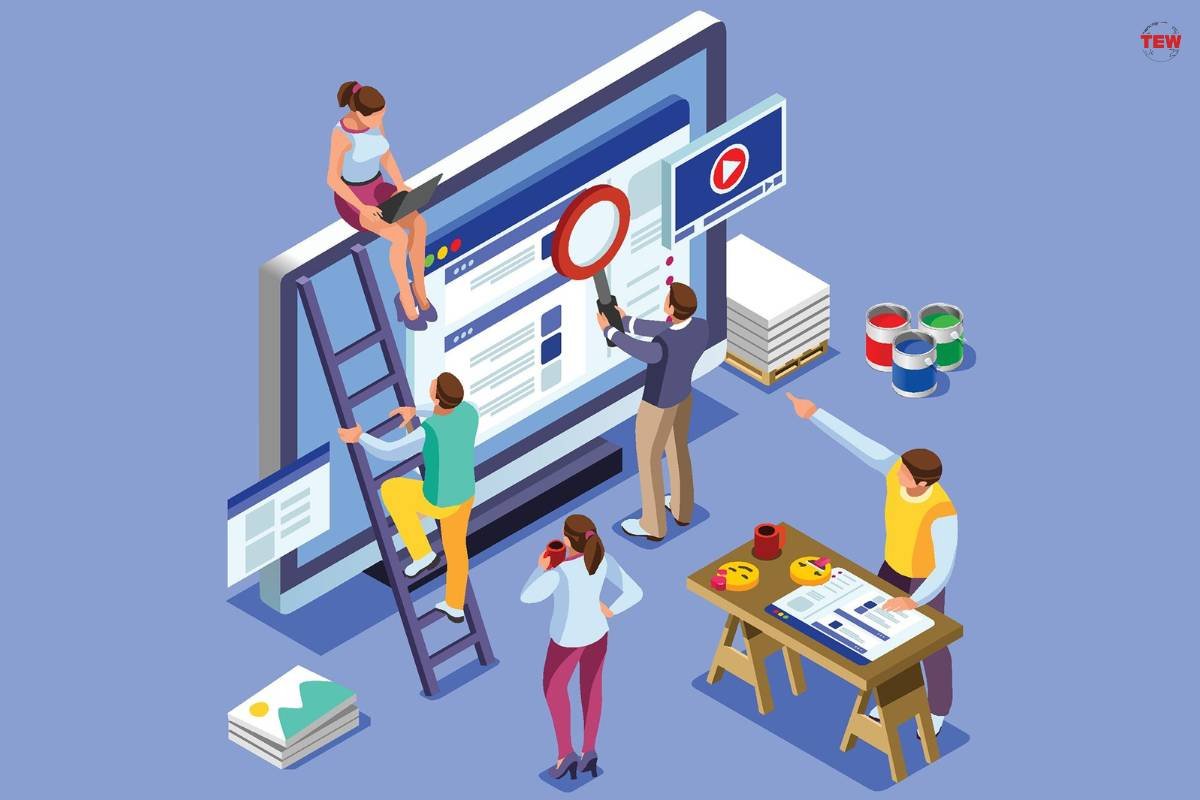Automation has become a driving force in the ever-changing face of finance, revolutionising the way financial organisations make credit decisions. Advanced algorithms and data analytics-powered Provenir decisioning software have emerged as a leader in automating routine credit determinations.
The Need for Automation in Credit Decisions
Credit choices are an important part of the financial business. Before giving credit, lending organisations, ranging from traditional banks to internet lenders, must assess applicants’ creditworthiness. Historically, these judgements were mostly handled by hand, requiring a lot of paperwork and subjective judgements. This manual technique, however, has certain drawbacks:
Manual credit evaluations take time, resulting in loan approval delays and client unhappiness. Human evaluations are prone to mistakes, resulting in inconsistencies and higher risks.
Manual methods are not scalable, making it difficult for banks to efficiently manage huge numbers of loan applications. Biases introduced by human judgment can impair the fairness of credit decisions.
The lending sector saw the birth of decisioning software as a result of the requirement for a faster, more accurate, and scalable solution.
Benefits of Automating Routine Credit Decisions
Credit applications may be processed in a matter of seconds, greatly lowering the time it takes to make loan judgements. This quick response time benefits both lenders and borrowers by guaranteeing that credit is available when it is required.
Credit decisioning software makes lending judgements with high accuracy and consistency by depending on predetermined algorithms and data-driven insights. This reduces the possibility of mistakes and assures that each candidate is evaluated using the same criteria.

Advanced risk assessment algorithms are included in sophisticated decision-making software. Lenders can better assess an applicant’s credit risk by taking into account characteristics including credit history, income, debt levels, and market circumstances. This results in better-informed loan decisions and lower default rates.
The software can manage a huge volume of loan applications with ease, making it ideal for lenders dealing with fluctuating demand or quick expansion. Rather than hiring extra people, scalability is done through altering settings and setups.
Various regulatory restrictions apply to lending institutions. Software may be built to assure compliance with these standards, lowering the risk of non-compliance and the fines that come with it.
Real-World Applications
Personal loans, vehicle loans, and credit card applications are evaluated using decisioning software by both online lenders and traditional banks. The programme evaluates applicants’ creditworthiness, income, and other pertinent data to determine whether or not the loan should be approved and on what conditions.
Decisioning software aids in the underwriting process in the mortgage sector. It assesses applicants’ credit history, job history, and financial stability to establish their eligibility for a mortgage loan and the loan conditions.
It also simplifies the loan application procedure for small enterprises. It assesses the financials, credit history, and risk aspects of the company, allowing lenders to make swift and educated loan choices.
Credit card businesses utilise real-time decisioning tools to evaluate credit card applications. To accept or refuse credit card requests, the programme evaluates credit ratings, income, and other financial information.

Credit decisioning systems are used by automobile dealerships and financial businesses to automate credit decisions for clients purchasing automobiles. This speeds up the car-buying process while also increasing consumer happiness.
Implementing Decisioning Software
1. Data Collection
Gather the necessary data, including historical lending data, applicant information, and relevant external data sources. This data forms the basis for the software’s decision-making process.
2. Model Development
Work with data scientists and domain experts to develop credit risk assessment models. These models incorporate various factors, such as credit scores, income levels, and debt-to-income ratios, to predict creditworthiness.
3. Integration
Integrate the software into the existing lending infrastructure. Ensure that it can access the data it needs to make accurate decisions.
4. Testing and Validation
Thoroughly test the solution to ensure that it is making accurate lending decisions. Validate its performance against historical data and real-world scenarios to verify its effectiveness.

5. Monitoring and Fine-Tuning
Continuously monitor the performance and adjust its algorithms as needed. As economic conditions and lending regulations change, the software should adapt to maintain its effectiveness.
Challenges and Considerations
The quality of the data utilised substantially influences the accuracy of credit determinations. Lenders must make certain that the data they gather and utilise is correct and up to date. Inadvertent biases in historical data can be perpetuated via algorithmic decision-making. Lenders must put protections in place to reduce prejudice and ensure impartiality in loan choices.
Some advanced machine learning models are complicated and difficult to understand. To retain openness in decision-making, lenders should find a compromise between model accuracy and interpretability.
Lending institutions must remain up to date on changing regulatory requirements pertaining to automated lending choices. To minimise legal and reputational problems, compliance is critical.
Summary:
The lending sector is being transformed by the use of decisioning software to automate routine credit judgements. It benefits both lenders and borrowers by providing speed, accuracy, scalability, and improved risk management.
While issues like data quality, fairness, and compliance must be addressed, credit decisioning is a strong tool for financial institutions looking to optimise their operations and make data-driven lending choices in a quickly changing financial world. Embracing this technology is about more than simply increasing efficiency; it’s about being competitive and addressing the changing needs of borrowers in the digital era.




